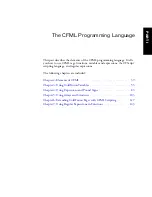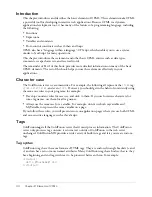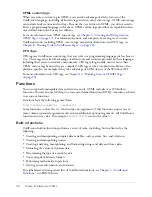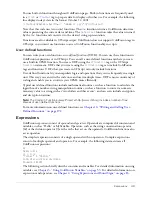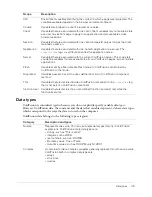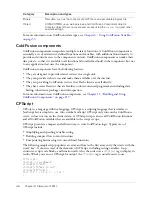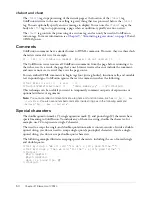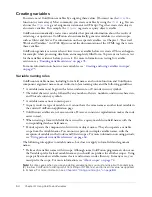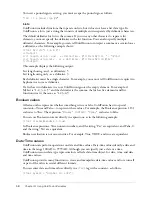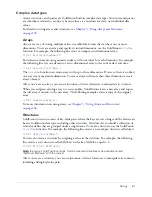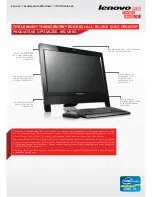
46
Chapter 2: Elements of CFML
For more information on ColdFusion data types, see
Chapter 3, “Using ColdFusion Variables,”
on page 53
.
ColdFusion components
ColdFusion components encapsulate multiple, related, functions. A ColdFusion component is
essentially a set of related user-defined functions and variables, with additional functionality to
provide and control access to the component contents. ColdFusion components can make their
data private, so that it is available to all functions (also called methods) in the component, but not
to any application that uses the component.
ColdFusion components have the following features:
•
They are designed to provide related services in a single unit.
•
They can provide web services and make them available over the internet.
•
They can providing ColdFusion services that Flash clients can call directly.
•
They have several features that are familiar to object-oriented programmers including data
hiding, inheritance, packages, and introspection.
For more information on ColdFusion components, see
Chapter 11, “Building and Using
ColdFusion Components,” on page 219
CFScript
CFScript
is a language within a language. CFScript is a scripting language that is similar to
JavaScript but is simpler to use. Also, unlike JavaScript CFScript only runs on the ColdFusion
server; it does not run on the client system. A CFScript script can use all ColdFusion functions
and all ColdFusion variables that are available in the script’s scope.
CFScript provides a compact and efficient way to write ColdFusion logic. Typical uses of
CFScript include:
•
Simplifying and speeding variable setting
•
Building compact flow control structures
•
Encapsulating business logic in user-defined functions
The following sample script populates an array and locates the first array entry that starts with the
word “key”. It shows several of the elements of CFScript, including setting variables, loop
structures, script code blocks, and function calls. Also, the code uses a
cfoutput
tag to display its
results. While you can use CFScript for output, the
cfoutput
tag is usually easier to use.
<cfscript>
strings = ArrayNew(1);
strings[1]="the";
strings[2]="key to our";
strings[4]="idea";
for( i=1 ; i LE 4 ; i = i+1 )
{
Binary
Raw data, such as the contents of a GIF file or an executable program file
Object
COM, CORBA, Java, web services, and ColdFusion Component objects:
Complex objects that you create and access using the
cfobject
tag and other
specialized tags.
Category
Description and types
Summary of Contents for ColdFusion MX
Page 1: ...Developing ColdFusion MX Applications...
Page 22: ...22 Contents...
Page 38: ......
Page 52: ...52 Chapter 2 Elements of CFML...
Page 162: ......
Page 218: ...218 Chapter 10 Writing and Calling User Defined Functions...
Page 250: ...250 Chapter 11 Building and Using ColdFusion Components...
Page 264: ...264 Chapter 12 Building Custom CFXAPI Tags...
Page 266: ......
Page 314: ...314 Chapter 14 Handling Errors...
Page 344: ...344 Chapter 15 Using Persistent Data and Locking...
Page 349: ...About user security 349...
Page 357: ...Security scenarios 357...
Page 370: ...370 Chapter 16 Securing Applications...
Page 388: ...388 Chapter 17 Developing Globalized Applications...
Page 408: ...408 Chapter 18 Debugging and Troubleshooting Applications...
Page 410: ......
Page 426: ...426 Chapter 19 Introduction to Databases and SQL...
Page 476: ...476 Chapter 22 Using Query of Queries...
Page 534: ...534 Chapter 24 Building a Search Interface...
Page 556: ...556 Chapter 25 Using Verity Search Expressions...
Page 558: ......
Page 582: ...582 Chapter 26 Retrieving and Formatting Data...
Page 668: ......
Page 734: ...734 Chapter 32 Using Web Services...
Page 760: ...760 Chapter 33 Integrating J2EE and Java Elements in CFML Applications...
Page 786: ...786 Chapter 34 Integrating COM and CORBA Objects in CFML Applications...
Page 788: ......






